Embroidery digitizing is important for embroiderers and business owners alike. It can be challenging to keep up with all the trends in the industry and know which ones will have staying power or fade away. The need for updated information on the latest trends has always been high, so this article will review many of them and give you some ideas to explore!
Introduction
There are many different types of digitizing embroidery, each with unique benefits. If you’re looking for something new and exciting to try, here are a few exotic embroideries digitizing ideas to look out for:
1.3D Embroidery: This embroidery adds an extra dimension to your designs. 3D embroidery can create raised or sunken effects, adding depth and interest to your work.
- Applique Embroidery: Applique is a technique that involves stitching one piece of fabric onto another. This can be used to create embellishments on your work or to add color and interest to a design.
- Free-Motion Embroidery: Free-motion embroidery is a technique that allows you to stitch without following a specific pattern. This allows you to create your designs and experiment with different stitches and effects.
- Hand-Embroidered Portraits: Portrait embroidery is a unique way to create a one-of-a-kind gift or keepsake. This type of embroidery involves stitching a portrait onto fabric using a variety of stitches to create a realistic image.
- Hand-Stitched Monograms: Monograms are an easy way to add a personal touch to anything from towels and sheets to clothing and handbags. You can even use them as decorative home decor.
- Machine Quilting: Machine quilting involves using your sewing machine to stitch together individual squares of fabric to create a larger design or quilt top.
- Appliqué Techniques: Appliqué is a technique that involves working with individual pieces of fabric that you then sew onto your work, creating a unique 3D effect on the surface of your piece.
What is Embroidery Digitizing?
Embroidery digitizing is converting a design or image into a stitch file that an embroidery machine can read. This process is typically done using specialized software. The final stitch file will contain instructions on sewing the design onto fabric.
Embroidery digitizing can be used to create simple designs, as well as complex and detailed designs. It is a versatile technique that can be used for various projects.
There are a few things to keep in mind when embroidering a design:
Ensure the design is sized correctly for the item it will be sewn onto.
Choose the correct type of thread and needle for the project.
It is essential to test the design on a scrap piece of fabric before sewing it onto the final project.
With a bit of planning and care, embroidery digitizing can be used to create beautiful designs that will add a touch of personality to any project.
What are the different types of embroidery digitizing?
There are several different types of embroidery digitizing. The most common type is simple embroidery, which is often used for logos or other simple designs. Another popular type is applique embroidery, which involves stitching a piece of fabric onto the garment. This type of embroidery can be used to create more complex designs. Finally, there is 3D embroidery, which uses special techniques to create a three-dimensional effect.
Simple Embroidery
Simple embroidery is the most common type of digitizing. It is often used for logos or other simple designs. This digitizing involves creating a design using basic stitches and colors.
Applique Embroidery
Applique embroidery involves stitching a piece of fabric onto the garment. This digitizing can be used to create more complex designs. Applique embroidery is often used to add details or embellishments to a garment.
3D Embroidery
3D embroidery uses special techniques to create a three-dimensional effect. This type of digitizing can be used to create unique and eye-catching designs. 3D embroidery
What are some exotic embroidery digitizing ideas to keep an eye on in 2022?
Mix and match different embroidery stitches – one of the great things about digitizing is that you can mix and match different stitches to create unique effects. So, why not try out some new stitches in 2022 and see what you can come up with?
Use metallic threads – Another trend that we predict will be big in 2022 is the use of metallic threads in embroidery. This can add a touch of luxury to your designs, so it’s worth considering if you want to make a statement with your embroidery.
Incorporate 3D elements – If you want to make your embroidery stand out, then incorporating 3D elements is a great way to do it. This could involve anything from adding beads or sequins to your design to using raised embroidery techniques.
Go big and bold – One of the best things about digitizing is that you can go as big and bold as you like with your designs. So, if you want to make a real impact with your embroidery, then don’t be afraid to go all out!
Get creative with color – another great thing about digits.
Conclusion
There’s no doubt that digitizing embroidery is an art form. And, like all art forms, it’s constantly evolving. If you’re looking for some new and exciting embroidery digitizing ideas to try out, be sure to keep an eye out for these three trends. With creativity, you can add your personal touch to each one and make them your own.
Also Read: Why is Embroidery Digitizing Software so Expensive? 2022












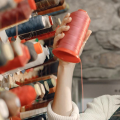
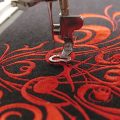
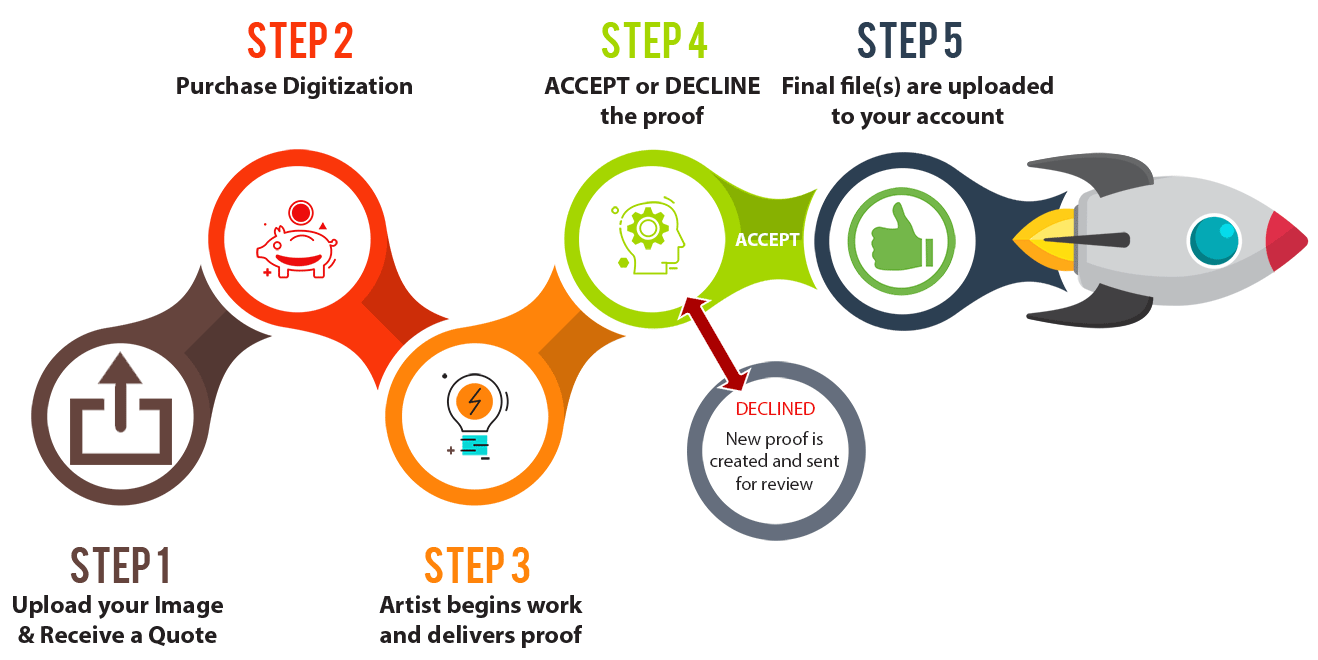





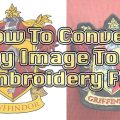


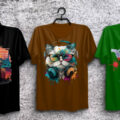
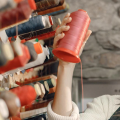












No Comments